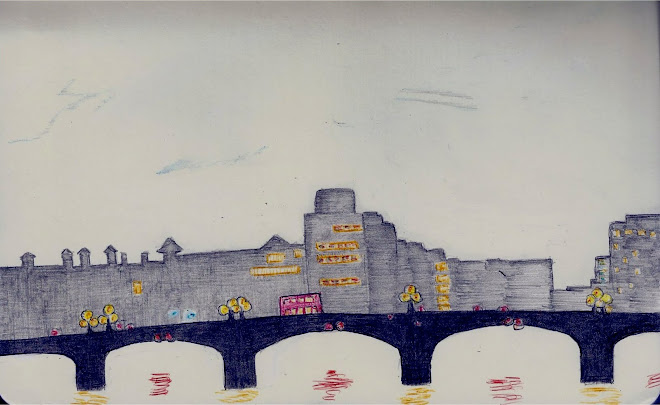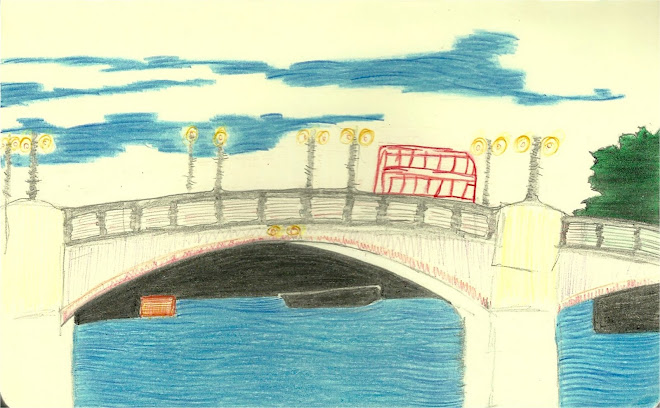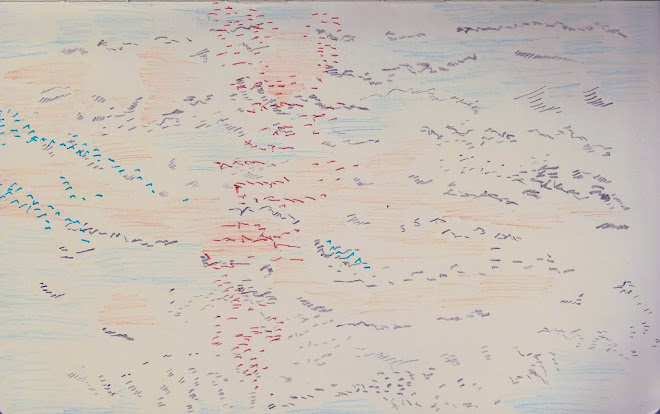What can survive repeated conquest? On the Acropolis:
- The sanctuary for Athena was destroyed by Persians in 480 BC
- The Parthenon was completed in 432 BC, a Doric temple and treasure store
- In the 5th century AD the Parthenon was converted into a Christian church
- In the early 1460s it was converted into an Islamic mosque, with a minaret
- In 1687 a Venetian bomb exploded the Turkish ammunition store inside, causing destruction
- In 1806 an Englishman took some of the sculptures to England.
Perhaps Indonesia had more luck - the Portuguese, the Spanish, the English, the Dutch were interested in spices, not terrain. Before them, other sailors and merchants came to trade: Chinese, Arab, Buddhist, Hindu. And if later there were priests and dignitaries, their influence could be absorbed in a more gradual process. That is, until the final period of colonial rule, as enlightened nations were building their empires.
The Thames has been flowing for thousands of years. Today I watched it flow under Waterloo Bridge. Waterloo: one of the last stands of Napoleon the Conqueror. I made a drawing.












































No comments:
Post a Comment